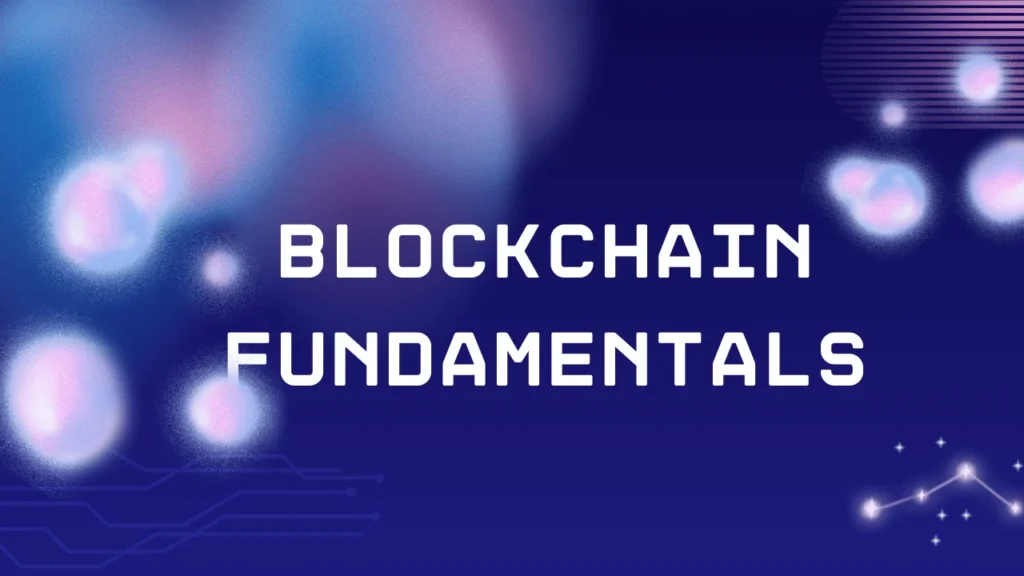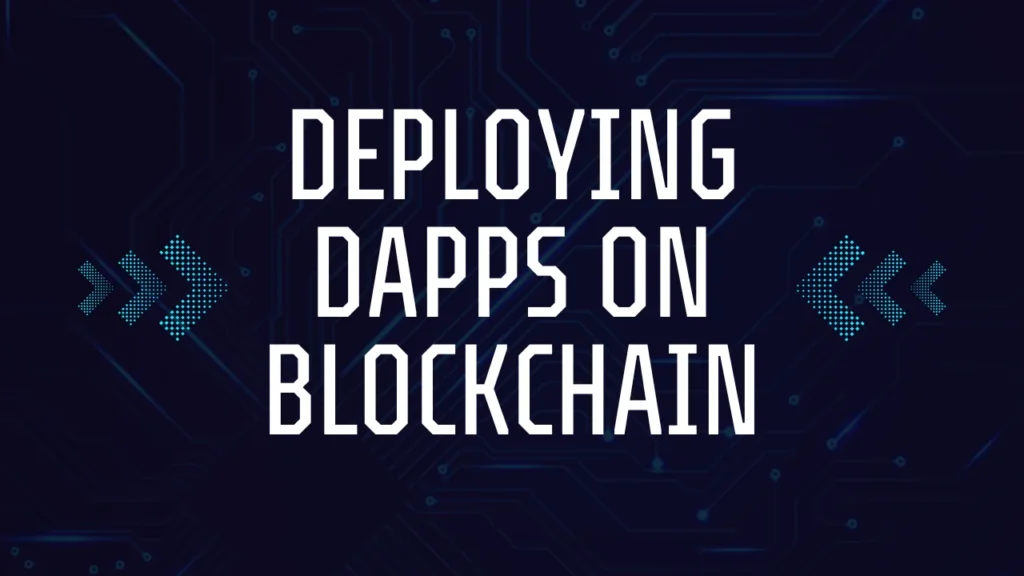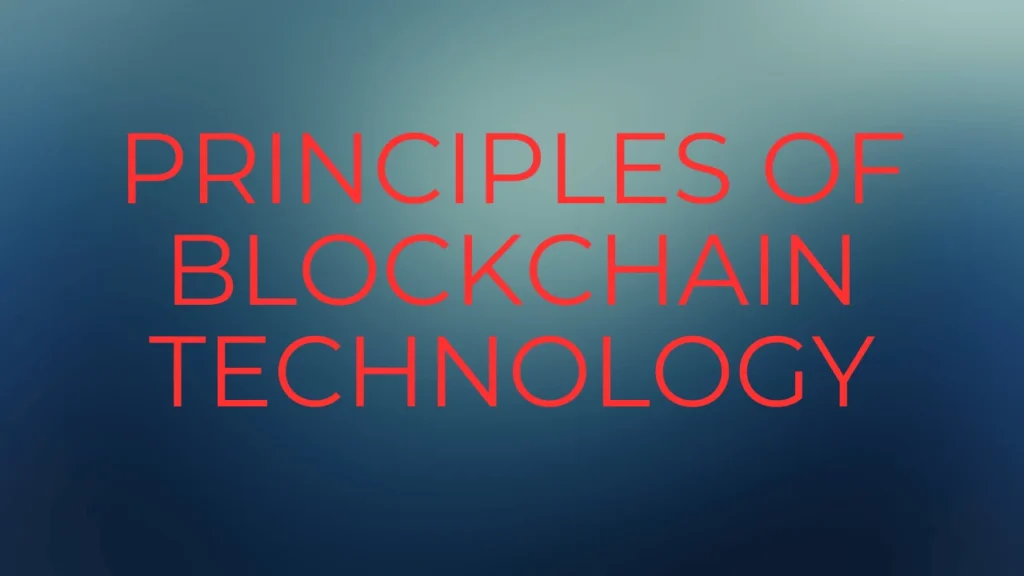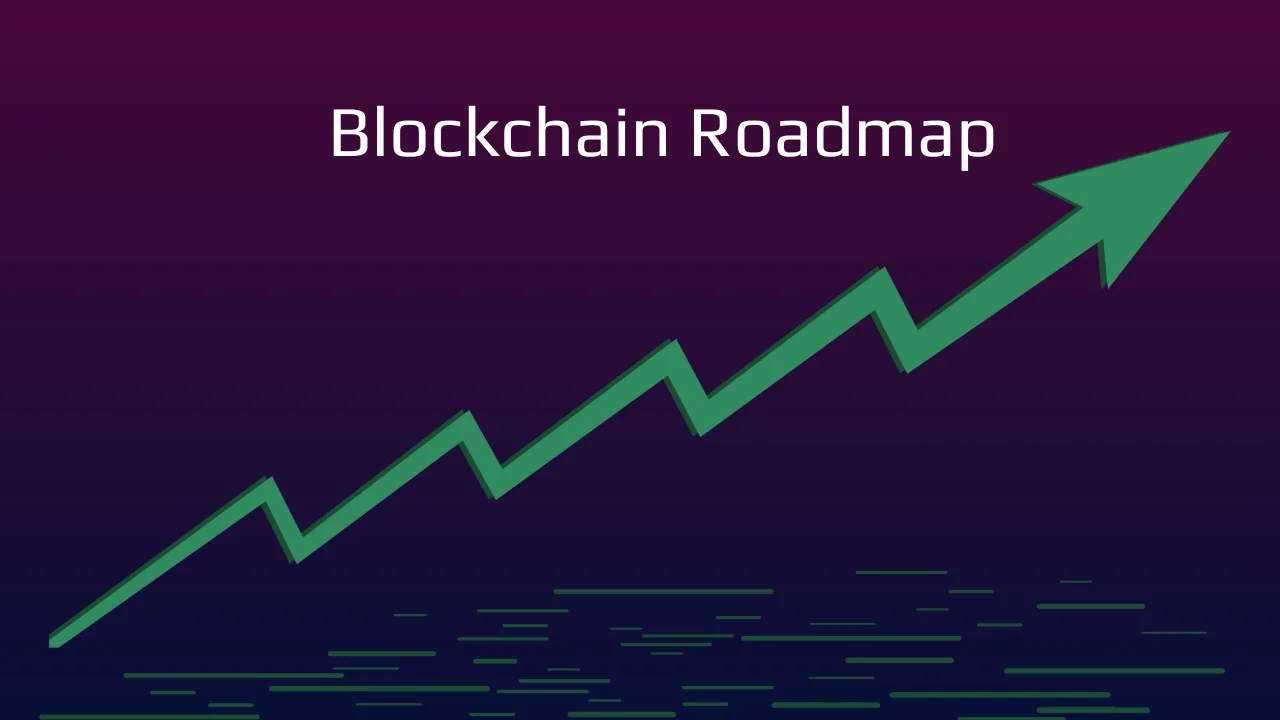Blockchain is a game-changing invention in the ever-evolving world of technology. It has the ability to transform industries that are unrelated to cryptocurrencies. With this game-changing tech, data management and transactions will be more efficient, transparent, and secure. It is critical to approach the exploration of a complete blockchain roadmap with a combination of excitement, strategic planning, and a thorough understanding of the technology’s fundamental components as we set out on this journey. To provide a solid groundwork for your blockchain endeavours, our guide is painstakingly designed to walk you through the complex stages of blockchain adoption, beginning with the fundamentals and ending with specialised deployment.
Blockchain Fundamentals

If you want to build a blockchain project that makes a difference, you need to know the fundamentals of the technology. If you want to know how to get around on the blockchain, this section is for you.
Decentralized Systems Basics
Blockchain technology relies on decentralised systems, which allow for peer-to-peer transactions and do away with the necessity for centralised authorities. A more democratic style of network governance is promoted by this trend towards decentralisation, which also improves security by lowering risks connected with central points of failure.
Consensus Mechanisms Explained
For a blockchain network’s transactions to remain secure and uncompromised, consensus mechanisms are essential. By reaching a consensus on the legitimacy of transactions, they safeguard the network from fraud and make sure it can’t be tampered with. In order to choose the best blockchain platform for your project, it is essential to understand the various consensus mechanisms. These include Proof of Work (PoW) and Proof of Stake (PoS).
Smart Contracts Introduction
Smart contracts are agreements whose terms are written into code and can execute themselves. They make contracts more efficient and secure by automating and enforcing them, cutting out middlemen. To make full use of blockchain technology, one must understand what smart contracts are and how they can be used.
Blockchain Development
After getting a handle on the fundamentals, developers go on to the meat and potatoes of creating and implementing blockchain solutions. For this, you’ll need practical knowledge of codebases, smart contract programming, and blockchain nodes.
Implementing Blockchain Nodes
To participate in blockchain networks, one must learn how to run a blockchain node. It entails taking part in the network by doing things like verifying transactions and, occasionally, making blocks. Any group or individual planning to use blockchain technology must have a firm grasp on the fundamentals of node setup and maintenance.
Blockchain Codebases Understanding
In order to create solid blockchain apps, one must be well-versed in blockchain codebases and architectures. Discovering open-source blockchain platforms, delving into their structures, and tailoring these frameworks to meet project requirements is what this entails.
Smart Contract Programming with Solidity
Among programming languages for smart contracts, Solidity is by far the most popular, particularly on the Ethereum network. Decentralised applications (dApps) rely on developers who are proficient in smart contract languages like Solidity to build robust, efficient, and secure contracts.
Deploying dApps on Blockchain

Decentralized applications (dApps) represent the application layer of the blockchain ecosystem. If you want to learn how to create and launch decentralised applications (dApps), you need to study up on the frontend and backend components, get your hands on blockchain networks, and make sure your apps are scalable, secure, and easy to use.
Platform Specialization
Platform specialisation is becoming more and more important as blockchain technology develops. In this stage of the roadmap, we will investigate the most prominent blockchain ecosystems in detail, learn about their characteristics, and figure out how to use their strengths to meet the needs of our project.
Ethereum Blockchain Deep Dive
The Ethereum platform is where most decentralised applications (dApps) and smart contracts are built. Developers wishing to construct complex applications on Ethereum must possess an in-depth familiarity with the platform’s architecture, tools, and community support.
Polkadot Ecosystem Exploration
Polkadot provides a fresh perspective on blockchain scalability and interoperability. Discovering more about the Polkadot ecosystem can teach you about the interoperability of various blockchains, which can lead to exciting new opportunities for cross-chain services and applications.
Blockchain Tooling and Community Support
The accessibility of necessary tools and the strength of the surrounding community are two factors that can make or break a blockchain project. You can speed up development and get valuable resources for innovation and troubleshooting by engaging with blockchain communities and making use of existing tools and frameworks.
Project Management and Best Practices
Expertise in both technical and strategic project management as well as adherence to best practices are necessary for a successful blockchain development journey. This section of the plan is for making sure your blockchain projects are well-managed and based on solid, trustworthy principles.
Blockchain Project Management Essentials
Projects in the blockchain industry require meticulous preparation, coordination, and execution to accomplish their goals within the allotted time and financial constraints. To keep up with the ever-changing tech scene, it’s important to manage stakeholders, use agile methodologies that are specific to blockchain, and conduct continuous risk assessments.
Best Practices in Blockchain Development
To ensure the safety and success of your projects, it is essential that you follow the best practices in blockchain development. Code audits, comprehensive testing environments, security practices for smart contracts, and the adoption of open standards to ensure scalability and interoperability are all part of this. You can boost your project’s credibility and effectiveness by making sure your development practices are in line with industry standards.
Principles of Blockchain Technology

Blockchain technology’s foundational principles—decentralization, transparency, immutability, and security—must be understood and put into practice. Adhering to these principles allows projects to fully utilise blockchain technology, guaranteeing that solutions are innovative, resistant to threats, and in line with decentralisation principles.
Practical Deployment Steps
From inception to rollout, there are a number of critical phases in blockchain solution deployment. At this point in the process, the focus shifts to developing practical deployment strategies based on theoretical knowledge and development skills.
Blockchain Use Case Development
The initial phase of deploying anything is to find a compelling use case and create one. Step one is to research the industry’s demands, think about blockchain’s possible uses, and figure out how your project can solve problems or seize opportunities in a special way.
Proof of Concept in Blockchain
Create a proof of concept (PoC) to show how your blockchain project could work and what effects it could have. During this stage, you should focus on creating a minimal viable product (MVP) that highlights your solution’s main features and benefits. This will help you gain support from stakeholders and improve your approach.
Blockchain Solution Architecture Design
A thorough familiarity with blockchain technology and how it pertains to your particular use case is essential for the challenging but necessary process of designing the architecture of your blockchain solution. Selecting an appropriate platform, planning the network architecture, creating smart contracts, and guaranteeing that issues of scalability, security, and privacy are sufficiently handled are all part of this.
Scaling and Iterating Blockchain Projects
The following steps, following the successful deployment of a PoC, include expanding the solution’s adoption and iterating continuously in response to feedback and changing requirements. During this stage, you must adapt to changes in the market, enhance functionality, and guarantee that your blockchain project will be successful and sustainable in the long run.
Strategic and Operational Aspects
Finalising the blockchain roadmap entails thinking about the bigger picture in terms of strategy and operations when putting the technology into action. Knowing your way around the regulatory landscape, the market, and how to best position your project for success are all part of this.
Blockchain Deployment Strategy
Launching and adopting blockchain projects successfully requires a clearly defined deployment strategy. A well-defined plan for the creation and implementation of new technologies, as well as an examination of the market and the position of the competition, are all essential components of any successful strategy.
Operational Readiness for Blockchain
It is critical that your company is prepared to deploy and maintain a blockchain solution. Effective solution maintenance requires training employees, developing models for governance, and putting in place the infrastructure and support systems that will be required.
Collaboration within Blockchain Ecosystem
Collaborating with other organisations, developers, and ecosystem stakeholders can greatly enhance blockchain projects. Collaboration with other blockchain groups, open-source initiatives, and industry associations can increase the reach and impact of your project by providing access to resources, ideas, and partners.
Must Visit: What Sets Blockchain Solutions Apart from Conventional Record-Keeping Solutions?
FAQs
What is the first step in creating a blockchain solution?
Discovering an appealing use case that solves a real problem in the market.
How important is project management in blockchain development?
To successfully complete blockchain projects within budget and time constraints while overcoming the specific obstacles posed by blockchain technology, project management is of the utmost importance.
What are the best practices for blockchain development?
Thorough code audits, security measures for smart contracts, and following open standards for scalability and interoperability are all best practices.
Why is operational readiness important in blockchain deployment?
When your company is operationally ready, it means it has the people, processes, and systems in place to back up and manage blockchain solutions.
How can collaboration benefit blockchain projects?
Project impact and adoption can be increased through collaboration within the blockchain ecosystem, which provides access to valuable resources, expertise, and partnerships.
Conclusion
It is a challenging but worthwhile endeavour to create a successful blockchain roadmap. It calls for an expert level of technical understanding, along with strategic planning and a thorough familiarity with the fundamentals of blockchain technology. From understanding the basics to implementing tailored blockchain solutions, this guide lays out a step-by-step process that organisations and developers can follow to successfully navigate the opportunities and threats posed by blockchain technology. To make blockchain projects last and succeed, it’s important to follow best practices in project management, be ready to operate, and work together with others in the blockchain ecosystem. To fully realise the revolutionary potential of blockchain technology, it is crucial to stay informed and adaptable as the landscape of this technology is constantly changing.

Brandy Stewart, an enchanting wordsmith and seasoned blogger, weaves compelling narratives that transport readers to uncharted territories. Infused with perceptive viewpoints and dynamic storytelling, Doris exhibits a command of language that enthralls both hearts and minds, leaving a lasting mark on the literary panorama.

